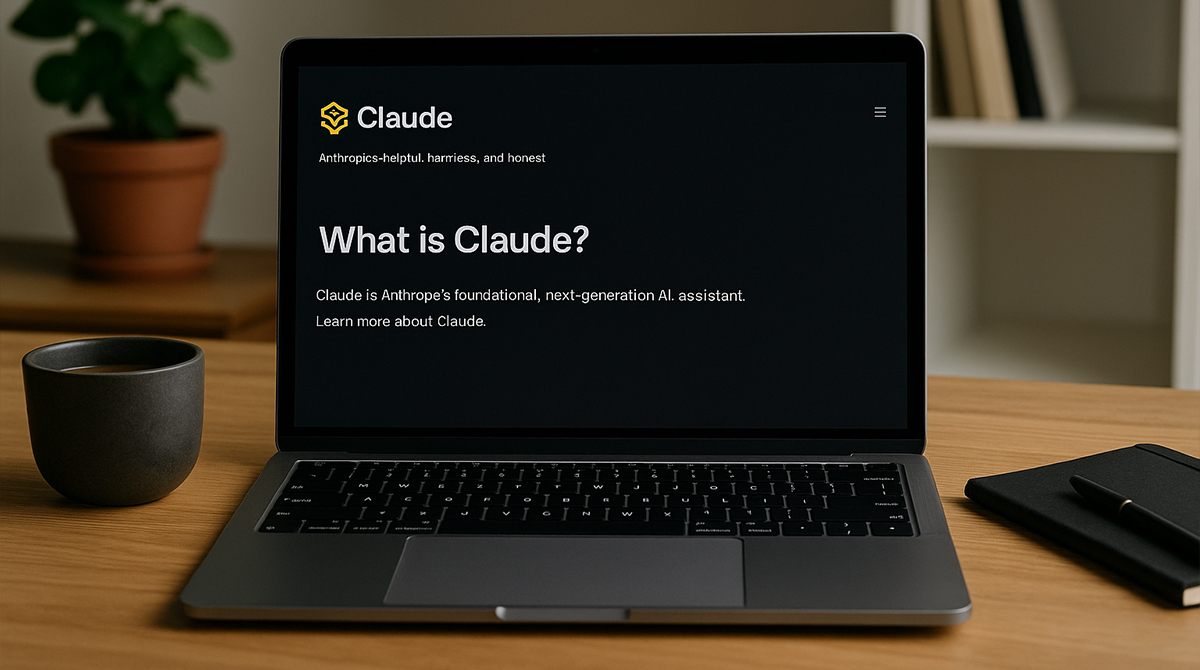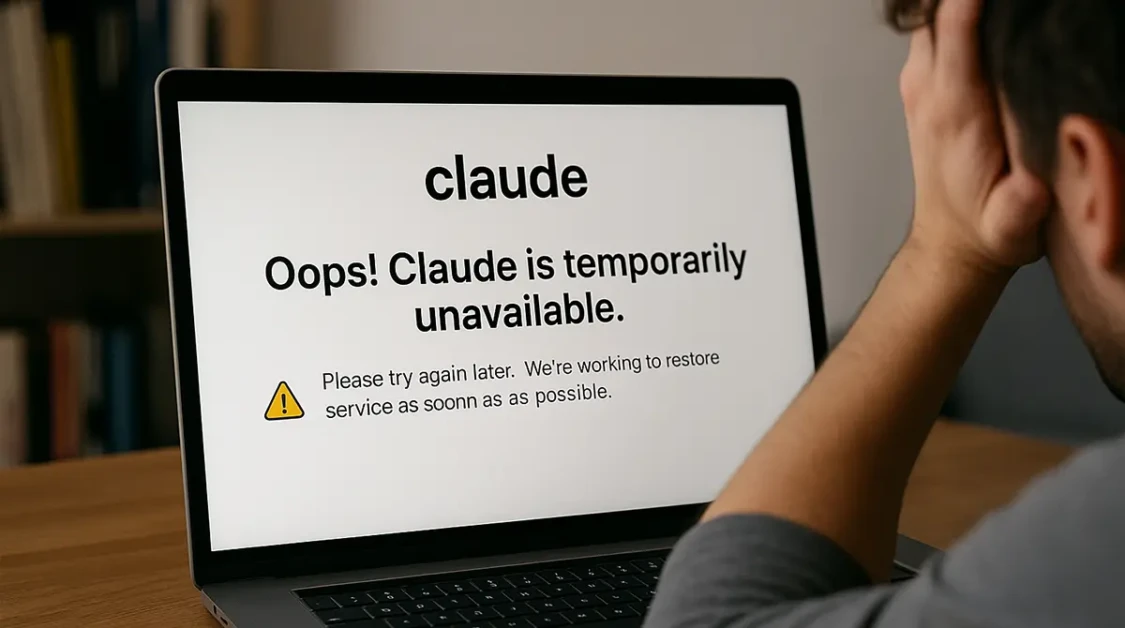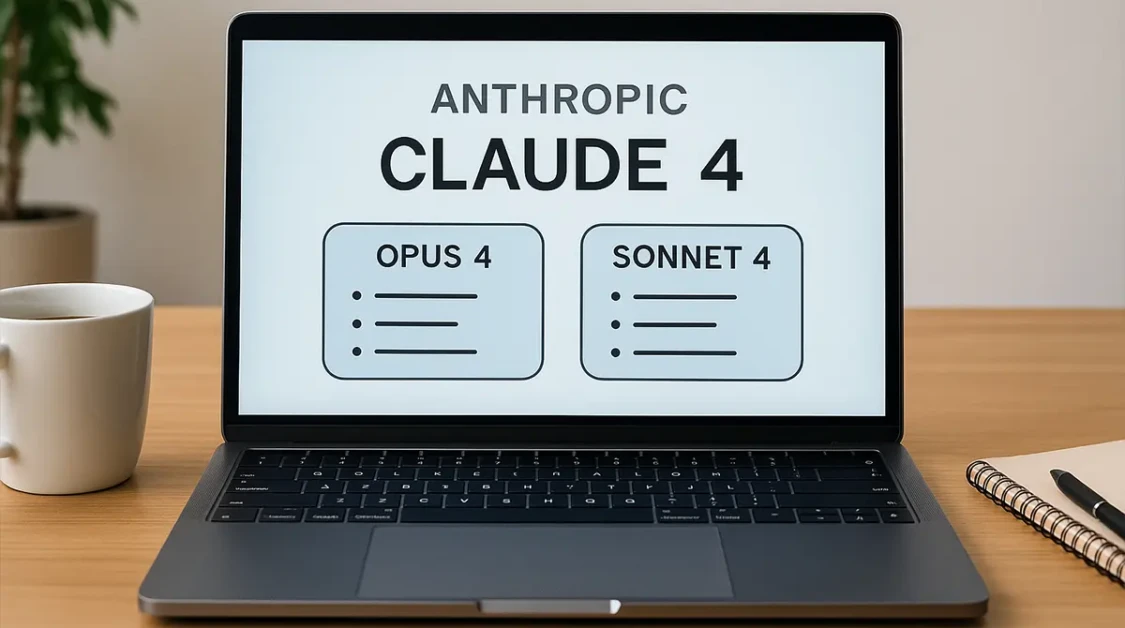Claude AI surfaced quietly, then grew into a major force in generative language technology. It did not burst onto the stage like some headline-grabbing rivals; instead, it moved forward with incremental trust-building releases, each promising safer conversations and clearer citations.
Today, entrepreneurs, educators, researchers, and hobbyists all ask the same foundational question. Answering that question reveals an ambitious service-architecture stack, a safety-first pipeline, and a lineage that maps neatly onto the recent history of large language models.
The Origin Story of Claude AI
Anthropic was founded in 2021 by former OpenAI researchers who believed alignment, interpretability, and constitutional training deserved as much budget and brain-power as scale. Early blog posts sketched out a hope for “helpful, harmless, and honest” systems. Months later, the first closed-alpha emails went out under the name Claude, a nod to Claude Shannon and a subtle hint at structured information theory.
Alignment strategy became product strategy. Every subsequent model was stress-tested against internal harmlessness benchmarks before public release. That choice added friction, but it also built a reputation that still differentiates Claude from competitors that sometimes must retrofit safety later.
Claude AI Models Through the Ages
| Model | Launch Window | Context Size | Signature Feature | Commercial Access |
|---|---|---|---|---|
| Claude v1 | Mar 2023 | 9 k tokens | Early alignment focus | Closed wait-list |
| Claude 2 | Jul 2023 | 100 k tokens | Long-context reasoning, code tool use | Public API & web chat |
| Claude 2.1 | Nov 2023 | 200 k tokens | 2× hallucination reduction | Same tier, price drop |
| Claude 3 Haiku, Sonnet, Opus | Mar 2024 | 200 k–1 M tokens (Opus) | Vision, multilingual, near-human comprehension | Graduated pricing tiers |
Reviewing this table we can trace both horizontal and vertical leaps. Horizontal leaps enlarge context windows and modalities. Vertical leaps lift reasoning depth without forgetting earlier training on safety.
Claude AI Architecture at a Glance
Beneath the hood lives a dense transformer encoder-decoder stack fine-tuned with constitutional AI. That phrase refers to two reinforcement-learning loops: one teaches the model to critique itself, the other teaches it to revise answers. Reinforcement learning from human feedback (RLHF) joins aftermarket preference modeling, creating a “constitution” encoded as natural-language rules rather than fixed code.
Training data includes large vaults of web text, academic papers, and permissively licensed code. Anthropic curates aggressively, stripping personally identifiable information and steering the model away from toxic clusters. The final checkpoint is then run through a red-teaming suite spanning cybersecurity prompts, medical edge cases, and adversarial jailbreaks.
Scaling laws for compute, data, and parameters follow Chinchilla-optimal recipes. Anthropic has confirmed sequence-length scaling laws as well, which explains why context windows moved from 9 k to 1 M tokens faster than many observers predicted.
Unique Capabilities That Set Claude AI Apart
- Constitutional safety by default: Harmful intents get gently reframed rather than bluntly rejected, leading to smoother UX.
- Massive long-context fidelity: Users can upload entire whitepapers, receive summaries referencing page numbers, then ask Claude to synthesize with external spreadsheets in the same thread.
- Vision-ready multimodal input: Charts, tables, and even handwritten equations can be parsed within the same document. No separate OCR step needed.
- Recursive reflection tool: Claude can spawn inner monologue tokens to reason through multi-part problems before delivering a final concise answer.
- Artifact generation: Instead of only chatting, Claude can output runnable code, markdown websites, or small data dashboards you can download instantly.
These capabilities are not just marketing highlights; they collectively redefine how researchers perform literature reviews and how product teams prototype features with short deadlines.
Comparing Claude AI to Other Large Language Models
| Dimension | Claude 3 Opus | GPT-4 Turbo | Gemini 1.5 Pro |
|---|---|---|---|
| Context Length | 1 M token (limited preview) | 128 k token | 1 M token |
| Safety Fail Rate | 0.6 % per Anthropic eval | 1.8 % per external red-team | 1.2 % average |
| Vision Support | Yes, same prompt | Yes, via GPT-4-V | Yes, native multimodal |
| Code Interpreter | Integrates but not built-in | Built-in advanced data analysis | Alpha notebook environment |
| Rough Price per 1 M tokens Output | USD 75 | USD 30 | USD 21 |
Prices fluctuate weekly, yet Claude remains the pricier end of the spectrum. Many teams accept the cost because lower hallucination rates reduce downstream verification effort.
Real-World Case Studies
- Kaleidoscope Legal, 35-lawyer firm: Uploaded 150 deposition transcripts. Claude generated timeline chronologies and flagged contradictions. Saved 200 associate hours in month one.
- EduForge University Writing Center: Fed Claude with departmental rubrics across disciplines. The AI auto-annotates draft papers, matching each paragraph with rubric cells. Inbound requests dropped 28 % while feedback quality rose.
- Particle Health Data Platform: Automated de-identification of clinical notes requires privacy perfection. Claude’s constitutional filter plus PII scrubber achieved 99.7 % recall, and the data-ingest pipeline now runs overnight unattended.
These snapshots show how long-context safety is not theoretical. Teams translate the benefit directly into billable hours, student outcomes, and compliance scores.
Guidelines for Responsible Use
- Define acceptable risk: Write an internal risk matrix before integrating the model.
- Set context windows cautiously: A 200 k prompt may contain hidden sensitive data unless you audit uploads.
- Bake in human review checkpoints: Constitutional guardrails catch most issues, but never use raw model output where stakes are high.
- Maintain version pinning: Lock project code to a confirmed working model ID so upstream updates cannot break deterministic behavior without notice.
- Leverage proactive logs: Anthropic API returns verbose prompt metadata; store it for retroactive audits.
Responsible deployment balances creativity with governance. The steps above keep your experiments aligned with both business objectives and public interest.
Looking Ahead: Next Milestones in Claude AI Evolution
Anthropic roadmaps hint at chain-of-thought eval transparency, deeper tool-usage integration, and tiered compute gates that will allow users to flip to more expensive reinforcement loops for hyper-accurate tasks. Predictions swirl around real-time web browsing and multi-turn self-correction cycles exceeding GPT-4 Turbo plugin depth.
Yet the next leap might lie in societal alignment. Company papers suggest “Collective Constitutional AI,” where user communities democratically negotiate updated rules of behavior rather than waiting for corporate policy updates. If executed well, the model could become the first truly participatory language platform.
Whatever happens, expect incremental rather than overnight rollouts. Anthropic’s hallmark is cautious expansion, making the road to Claude 4 likely as measured and safety-tested as every preceding release.



